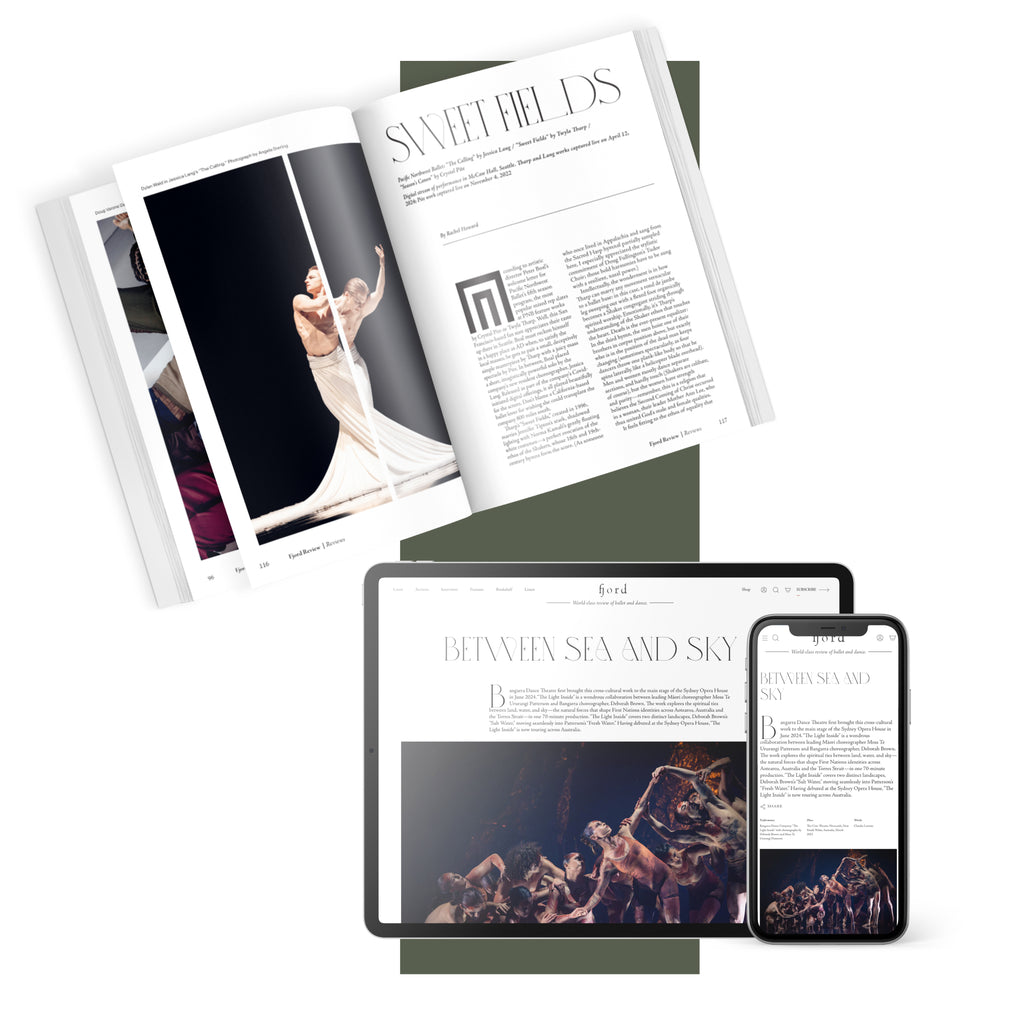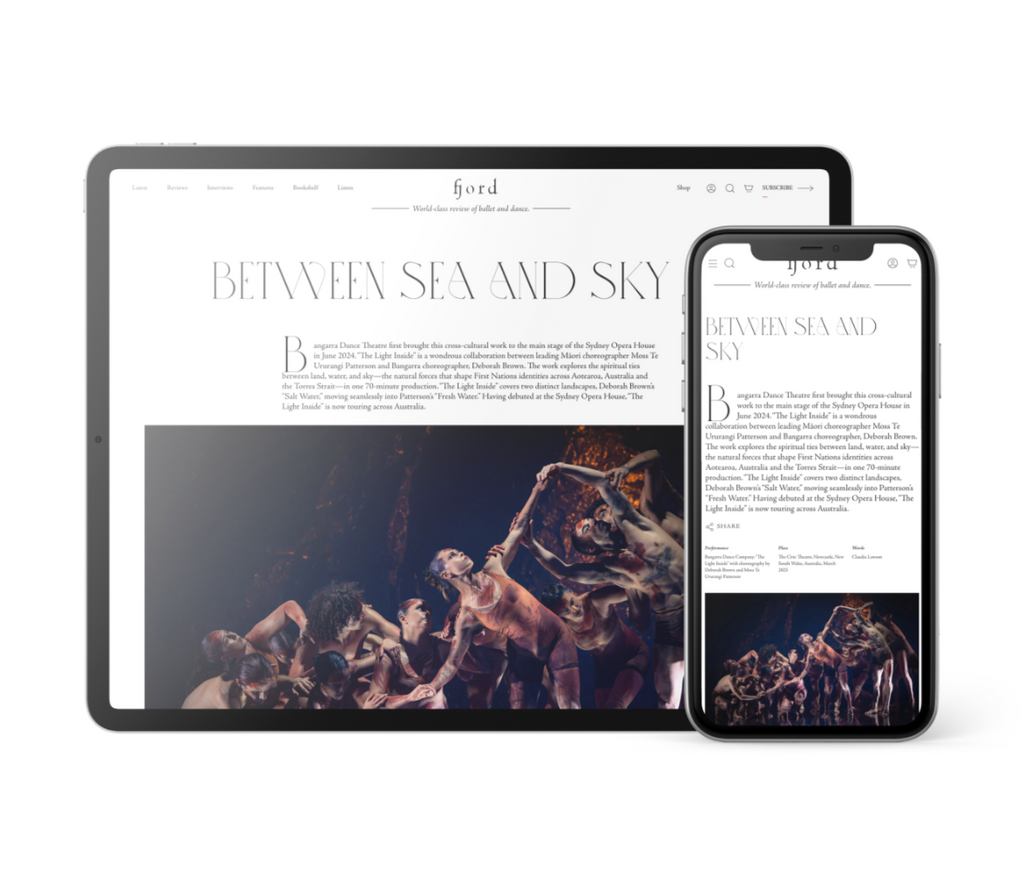This flower emerged in the middle of nowhere, practically, emerged somewhere like in a desert or on a mountain. A flower of infinite beauty. You could admire it, you could be amazed by it, you could touch it, but you could never cut this flower, because this flower had very strong roots, a very strong stem which supported that beauty. Rudolf was an unusual man in all respects: an instinctive intelligence, constant curiosity, extraordinary discipline. That was his goal in life. And of course a love of performing. He loved strong women, loyal men. He loved his life. I learnt a lot from him, although we were very different performers, and I’ll miss him for the rest of my life, that’s for sure.
Float like a Butterfly
Sans tutu or pointe shoes, New York Ballet principal Sara Mearns delivered a knock-out punch in her 20-minute solo, “Zebra.”
Continua a leggere










comments